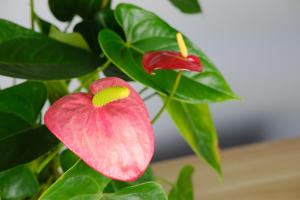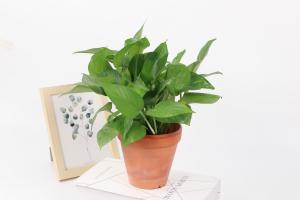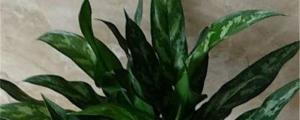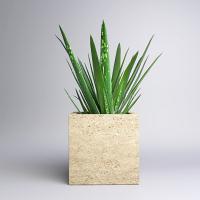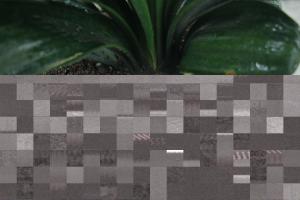How to Make Artificial Water Plants
Artificial water plants can be a great addition to an aquarium, pond, or any water feature. They add a touch of greenery and help create a more natural environment for your fish or other aquatic creatures. Making your own artificial water plants can be a fun and creative project, and it can be done using a few simple materials.
Materials
Before you start making your artificial water plants, you will need to gather some materials. These include:
- Green fabric, such as felt or craft foam
- Scissors
- Glue gun and glue sticks
- Green floral wire or pipe cleaners
- Aquarium-safe silicone sealant or epoxy resin
- Aquarium gravel or sand
Steps
Follow these simple steps to create your own artificial water plants:
Step 1: Cut the fabric
Using your scissors, cut the green fabric into the desired shape and size for your water plant. You can create leaves, stems, and buds as you like. Cutting into different shapes and sizes can create a more realistic effect.
Step 2: Glue the parts together
Using the glue gun and glue sticks, glue the different parts together to form the plant. Make sure to add enough glue to hold the plant securely in place.
Step 3: Add the stem
Take the green floral wire or pipe cleaner and cut it to the desired length for the stem. Attach it to the base of the plant using glue. If you prefer a more flexible stem, you may use a pipe cleaner instead of a floral wire.
Step 4: Make the plant heavy
To make your plant heavy, you can use either aquarium gravel or sand. Apply a generous amount of silicone sealant or epoxy resin to the bottom of the stem, then dip it into the gravel or sand. Make sure to firmly press the gravel or sand onto the sealant or resin, so it will stick to the stem. Let it dry fully.
Step 5: Arrange the plants
Arrange the artificial water plants in your aquarium, pond, or water feature. You can use several different plants to create a more natural look, and you can also mix and match different colors to create a unique water environment.
Tips
Here are some tips to keep in mind when making your own artificial water plants:
- Be careful when using glue and hot glue guns, as they can be very hot and cause burns.
- Make sure to use aquarium-safe silicone sealant or epoxy resin when making the plants, as other types of adhesives may be harmful to aquatic life.
- Experiment with different fabric types and colors to create a more realistic and unique look.
Conclusion
Now that you know how to make your own artificial water plants, you can create a beautiful and natural-looking environment for your aquatic pets. It's a fun and simple project that can be done in just a few steps, and the results can last for years to come. Remember to use safe materials, and let your creativity guide you. Happy crafting!

 how many times do yo...
how many times do yo... how many planted tre...
how many planted tre... how many pine trees ...
how many pine trees ... how many pecan trees...
how many pecan trees... how many plants comp...
how many plants comp... how many plants can ...
how many plants can ... how many plants and ...
how many plants and ... how many pepper plan...
how many pepper plan...